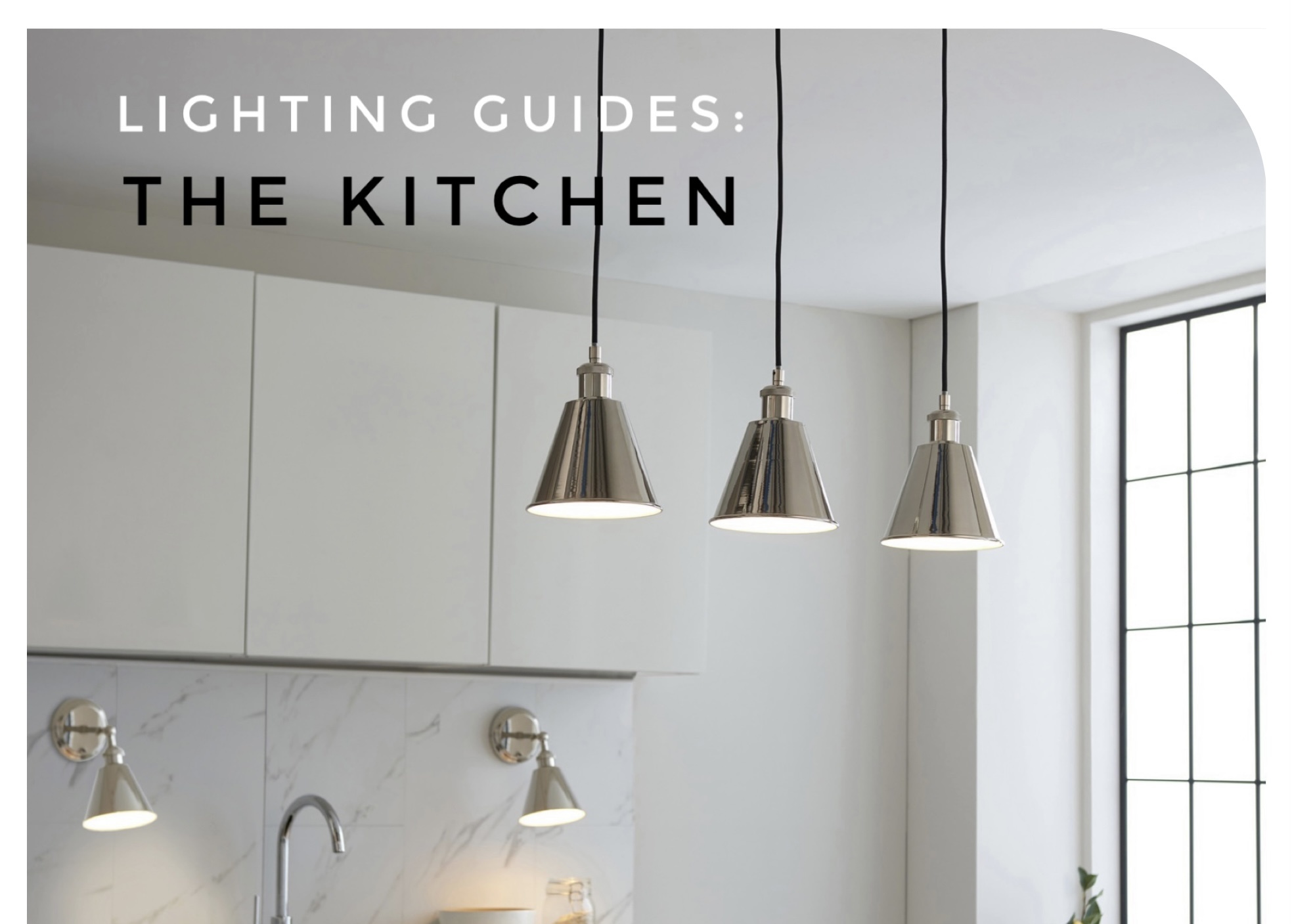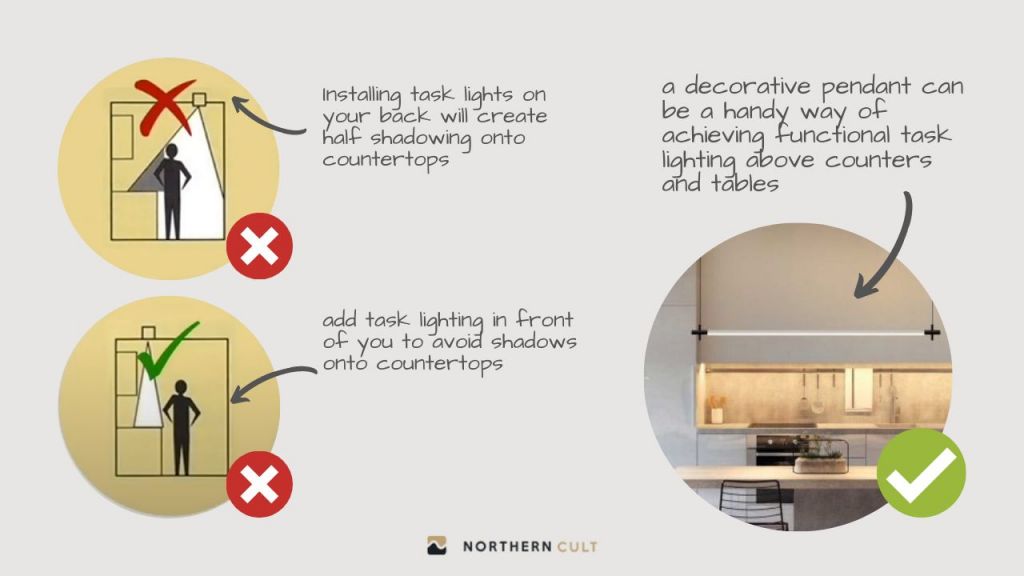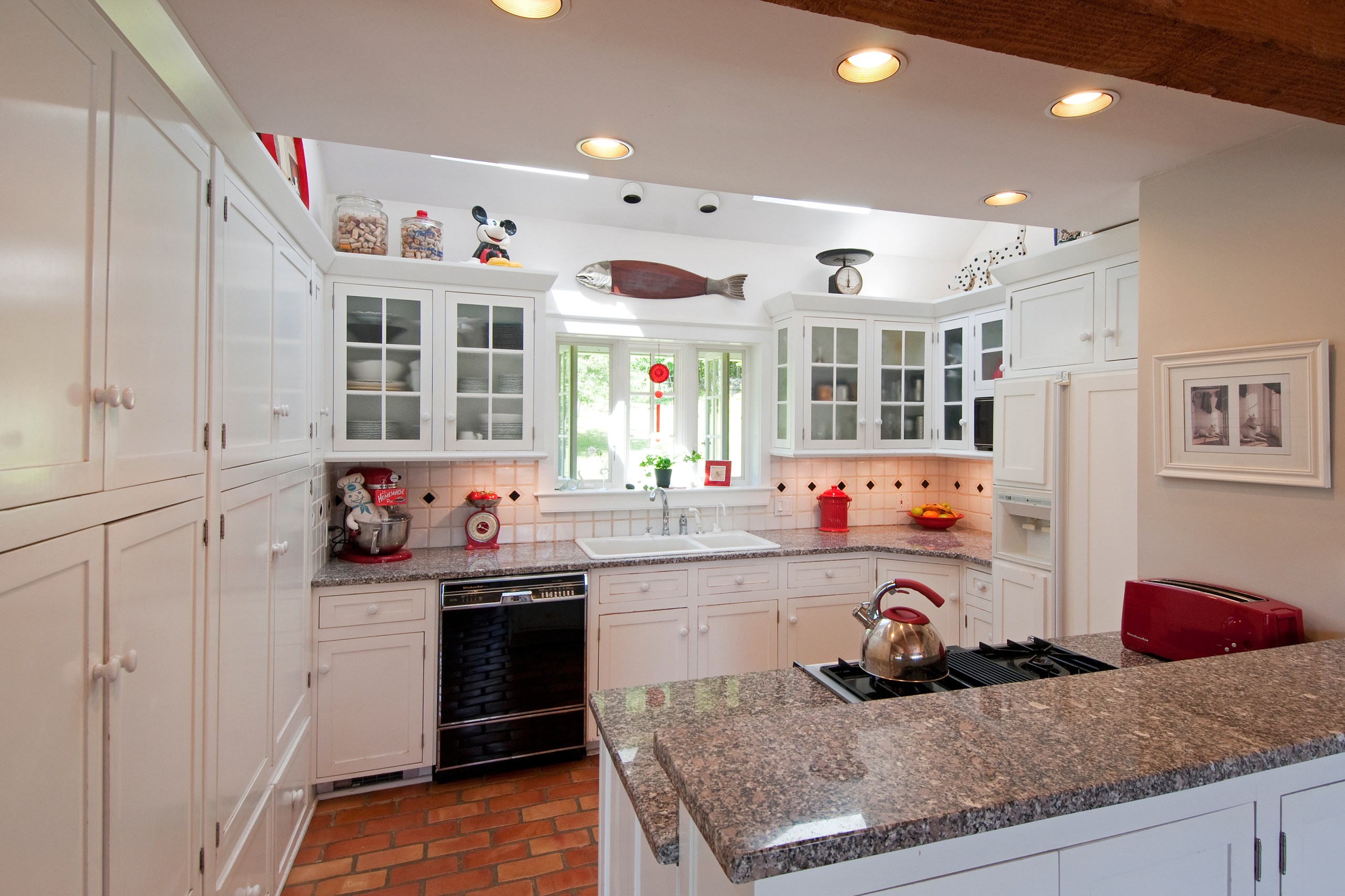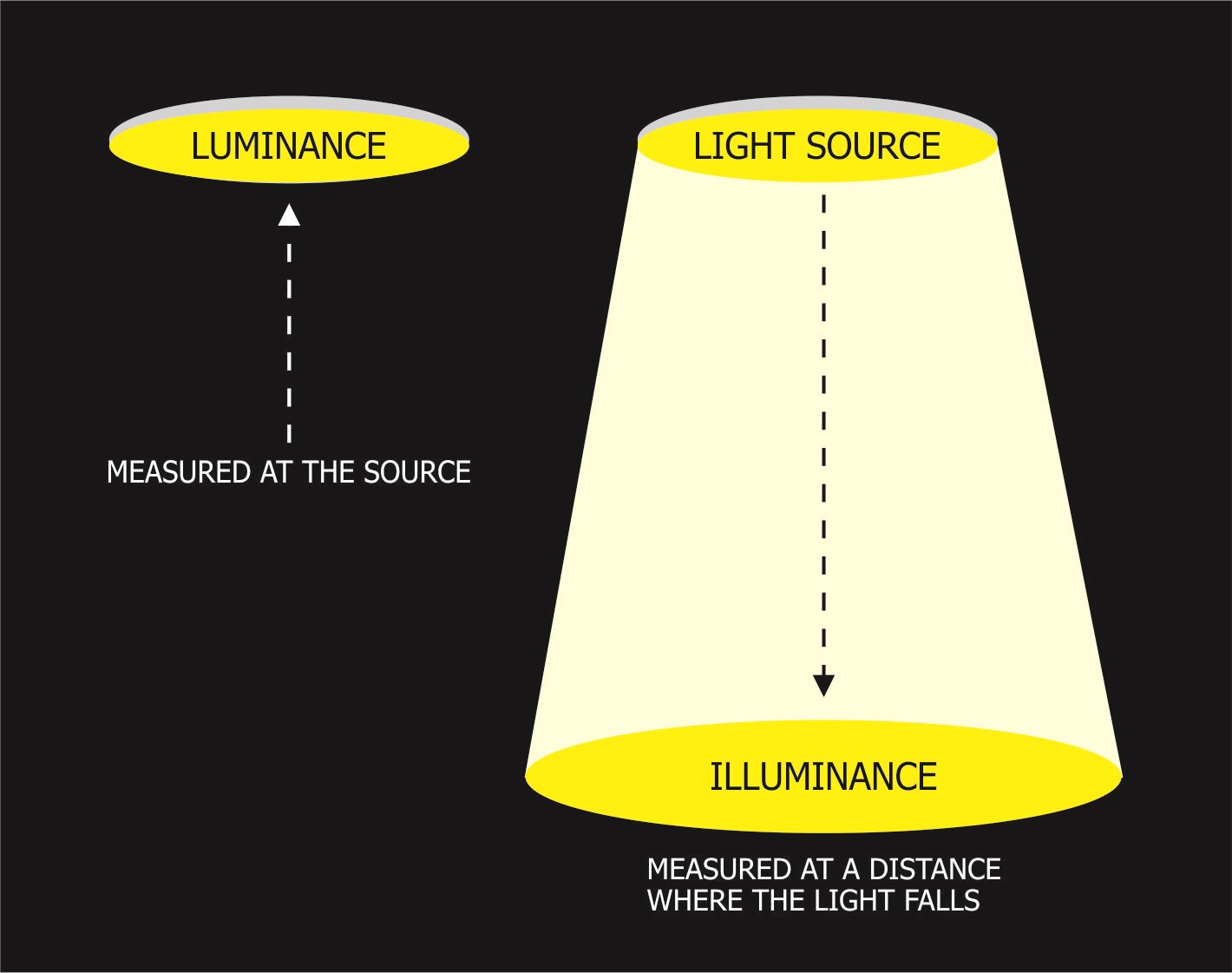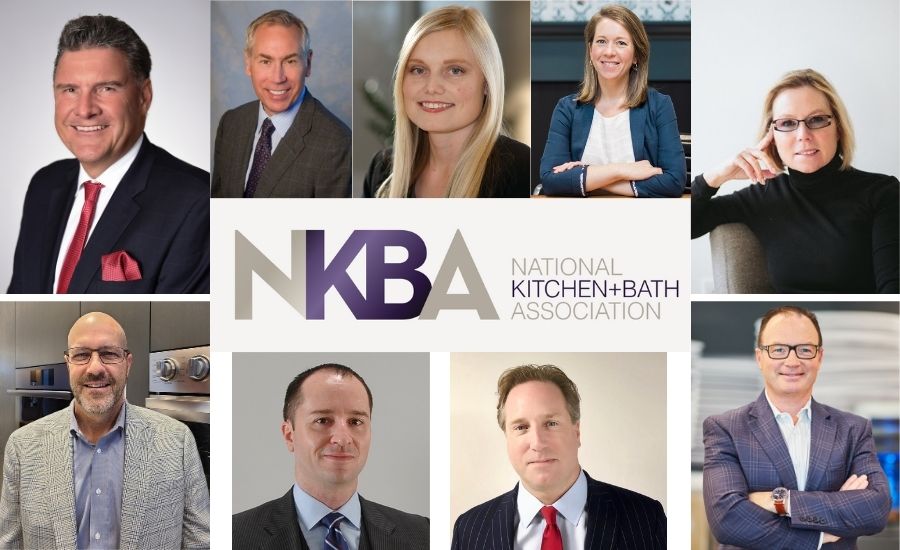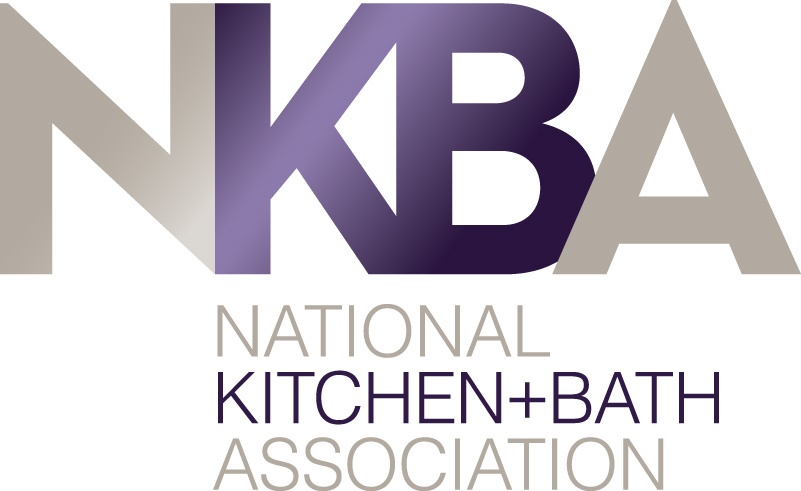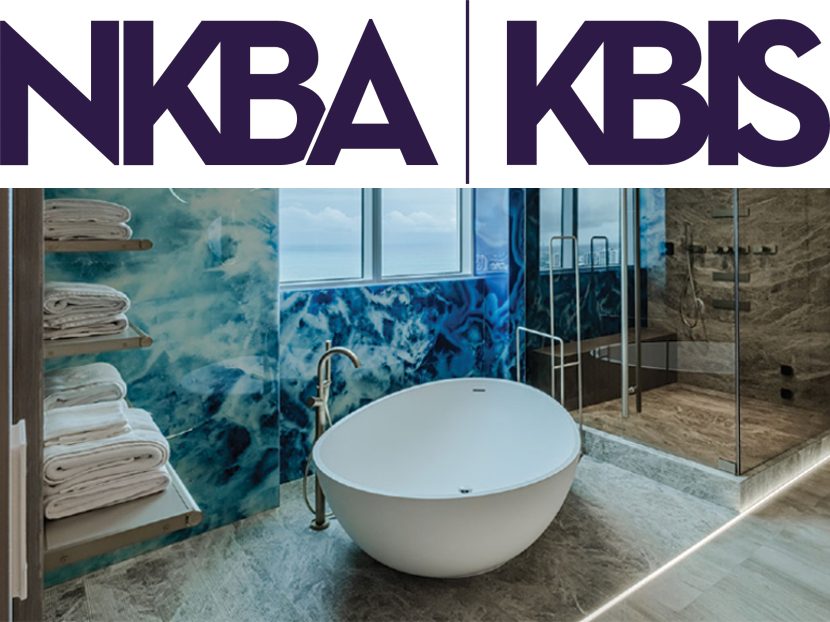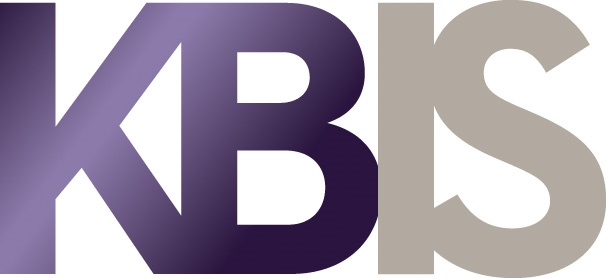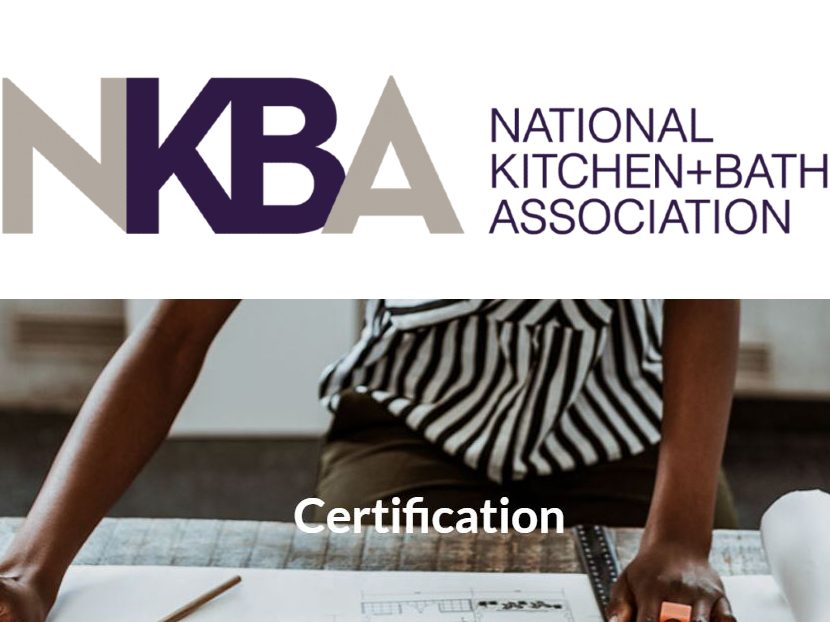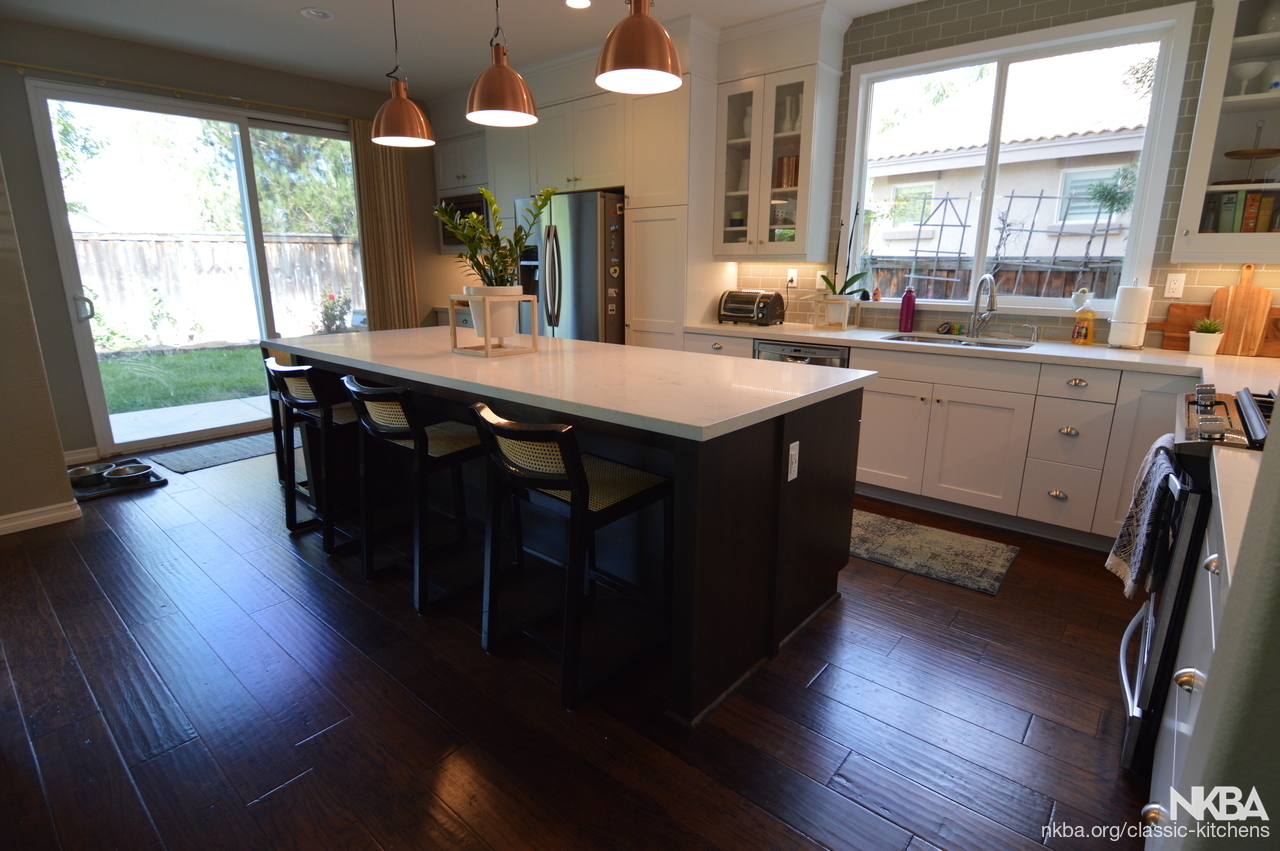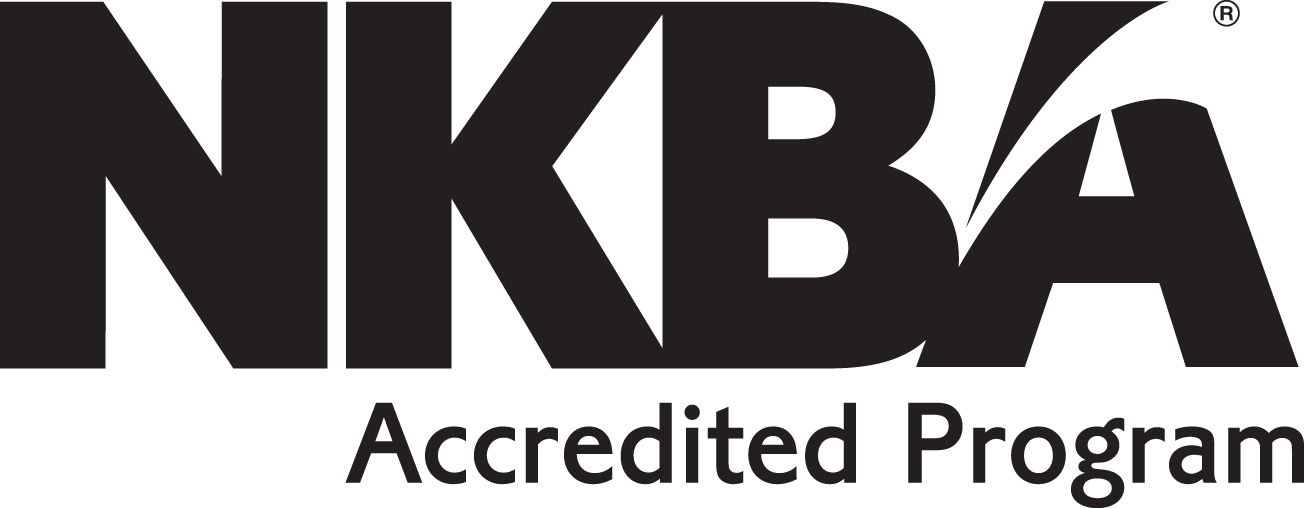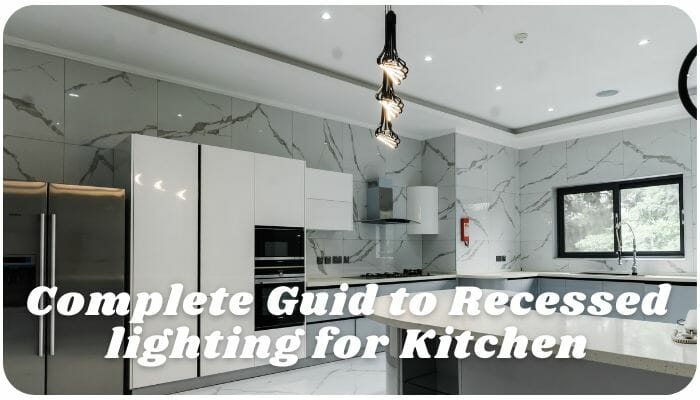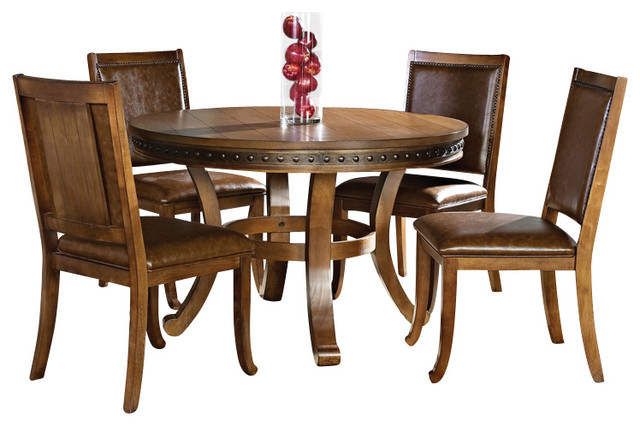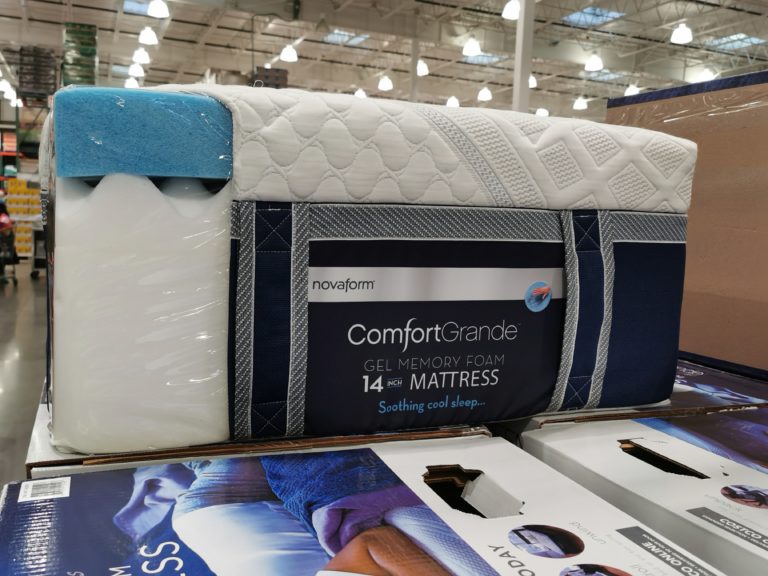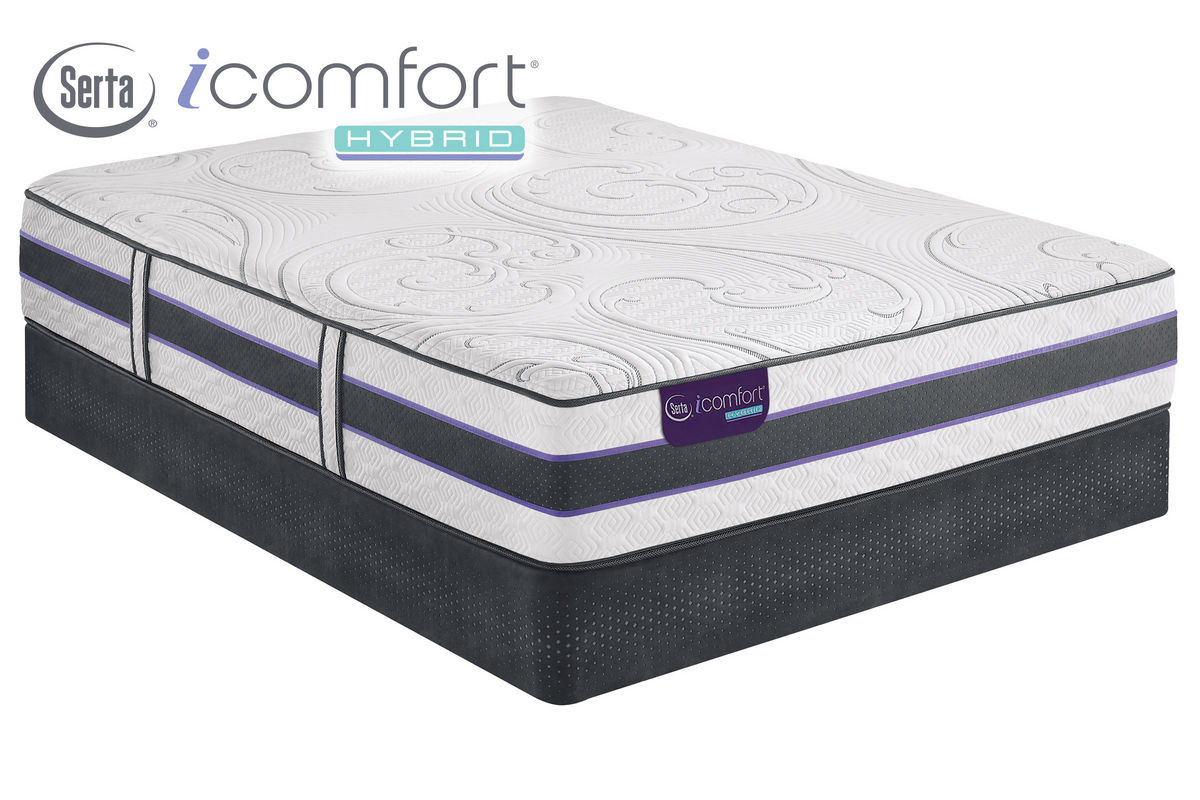Introduction
Lighting is an essential element in any kitchen, not only for functionality but also for creating a warm and welcoming atmosphere. The National Kitchen and Bath Association (NKBA) has established guidelines to help homeowners and designers choose the right lighting for their kitchens. In this article, we will explore the top 10 NKBA guidelines for lighting in kitchens.
1. Layered Lighting
The NKBA recommends using a combination of different types of lighting to create a layered effect in the kitchen. This includes ambient, task, and accent lighting. Ambient lighting provides overall illumination, while task lighting is used for specific tasks such as cooking or food prep. Accent lighting adds visual interest and can highlight architectural features or decorative elements in the kitchen.
2. Consider Natural Light
Natural light can have a significant impact on the overall lighting design in a kitchen. The NKBA suggests taking advantage of natural light sources by incorporating windows, skylights, or glass doors into the kitchen design. This not only provides natural light during the day but also helps to reduce the need for artificial lighting.
3. Proper Placement
The placement of lighting fixtures is crucial in creating a well-lit kitchen. The NKBA recommends placing task lighting above work areas, such as the stove and sink, to provide adequate illumination for cooking and cleaning. Additionally, ambient lighting should be evenly distributed throughout the kitchen to avoid any dark corners or shadows.
4. Size and Scale
When choosing lighting fixtures, it is essential to consider the size and scale of the kitchen. The NKBA suggests using larger fixtures for larger kitchens and smaller fixtures for smaller kitchens. This helps to create a balanced and proportional lighting design.
5. Energy Efficiency
The NKBA emphasizes the importance of using energy-efficient lighting in kitchens. This not only helps to reduce energy consumption but also lowers utility costs. LED and CFL bulbs are recommended as they are more energy-efficient than traditional incandescent bulbs.
6. Dimmers
Adding dimmers to lighting fixtures in the kitchen allows for more control over the intensity of the light. The NKBA suggests using dimmers for ambient and task lighting to create different moods and adjust the lighting based on the time of day.
7. Color Temperature
The color temperature of lighting can have a significant impact on the overall look and feel of a kitchen. The NKBA recommends using warmer color temperatures (2700K-3000K) for ambient and task lighting, as it creates a more inviting and comfortable atmosphere. Cooler color temperatures (3500K-4100K) can be used for accent lighting to add a touch of brightness and contrast.
8. Under Cabinet Lighting
Under cabinet lighting is a popular choice for kitchens, as it provides additional task lighting for food prep and cooking. The NKBA suggests using LED strip lights for under cabinet lighting, as they produce minimal heat and are energy-efficient.
9. Pendant Lights
Pendant lights are a great way to add style and visual interest to a kitchen while also providing task lighting. The NKBA recommends using pendant lights above islands or peninsulas to create a focal point and add a decorative element to the kitchen.
10. Maintenance
Proper maintenance of lighting fixtures is essential to ensure they continue to function efficiently and effectively. The NKBA recommends cleaning fixtures regularly and replacing bulbs as needed to maintain optimal lighting in the kitchen.
Conclusion
In conclusion, lighting plays a crucial role in the functionality and aesthetics of a kitchen. By following the NKBA guidelines for lighting, homeowners and designers can create a well-lit and inviting space that meets their specific needs and preferences. Remember to consider layered lighting, natural light, proper placement, size and scale, energy efficiency, dimmers, color temperature, under cabinet lighting, pendant lights, and maintenance when designing the lighting for your kitchen.
Why Proper Lighting is Essential in Kitchen Design: An NKBA Guideline

The Role of Lighting in Kitchen Design
 Proper lighting is an essential aspect of any kitchen design. It not only enhances the overall aesthetic of the space, but it also plays a crucial role in functionality and safety. As the heart of the home, the kitchen is where meals are prepared, conversations are had, and memories are made. Therefore, it is crucial to have the right lighting to create a warm and inviting atmosphere while also providing adequate visibility for tasks.
Proper Task Lighting for Efficient Cooking
The kitchen is a multifunctional space where various tasks such as cooking, cleaning, and food preparation take place. To ensure these tasks are performed efficiently, proper task lighting is necessary. This type of lighting should be bright enough to illuminate the work areas without causing any glare or shadows. Under cabinet lighting, recessed lights, and pendant lights are popular choices for task lighting in the kitchen.
Proper lighting is an essential aspect of any kitchen design. It not only enhances the overall aesthetic of the space, but it also plays a crucial role in functionality and safety. As the heart of the home, the kitchen is where meals are prepared, conversations are had, and memories are made. Therefore, it is crucial to have the right lighting to create a warm and inviting atmosphere while also providing adequate visibility for tasks.
Proper Task Lighting for Efficient Cooking
The kitchen is a multifunctional space where various tasks such as cooking, cleaning, and food preparation take place. To ensure these tasks are performed efficiently, proper task lighting is necessary. This type of lighting should be bright enough to illuminate the work areas without causing any glare or shadows. Under cabinet lighting, recessed lights, and pendant lights are popular choices for task lighting in the kitchen.
Importance of Ambient Lighting
 Ambient lighting is the overall lighting that provides general illumination to the entire kitchen space. It sets the overall mood and creates a welcoming ambiance. The NKBA guidelines recommend using a combination of natural and artificial light sources for ambient lighting. This includes windows, skylights, and overhead lights, such as ceiling fixtures or track lighting. By incorporating natural light, you can reduce your energy costs and add a touch of warmth to the space.
Accent Lighting for Visual Interest
In addition to task and ambient lighting, accent lighting is another essential element in kitchen design. It adds visual interest and highlights specific features, such as a beautiful backsplash or a piece of artwork. This type of lighting can be achieved through the use of spotlights, track lighting, or even LED strips. By incorporating accent lighting, you can create a layered and dynamic look in your kitchen.
Ambient lighting is the overall lighting that provides general illumination to the entire kitchen space. It sets the overall mood and creates a welcoming ambiance. The NKBA guidelines recommend using a combination of natural and artificial light sources for ambient lighting. This includes windows, skylights, and overhead lights, such as ceiling fixtures or track lighting. By incorporating natural light, you can reduce your energy costs and add a touch of warmth to the space.
Accent Lighting for Visual Interest
In addition to task and ambient lighting, accent lighting is another essential element in kitchen design. It adds visual interest and highlights specific features, such as a beautiful backsplash or a piece of artwork. This type of lighting can be achieved through the use of spotlights, track lighting, or even LED strips. By incorporating accent lighting, you can create a layered and dynamic look in your kitchen.
Safety First: Proper Lighting for Kitchen Tasks
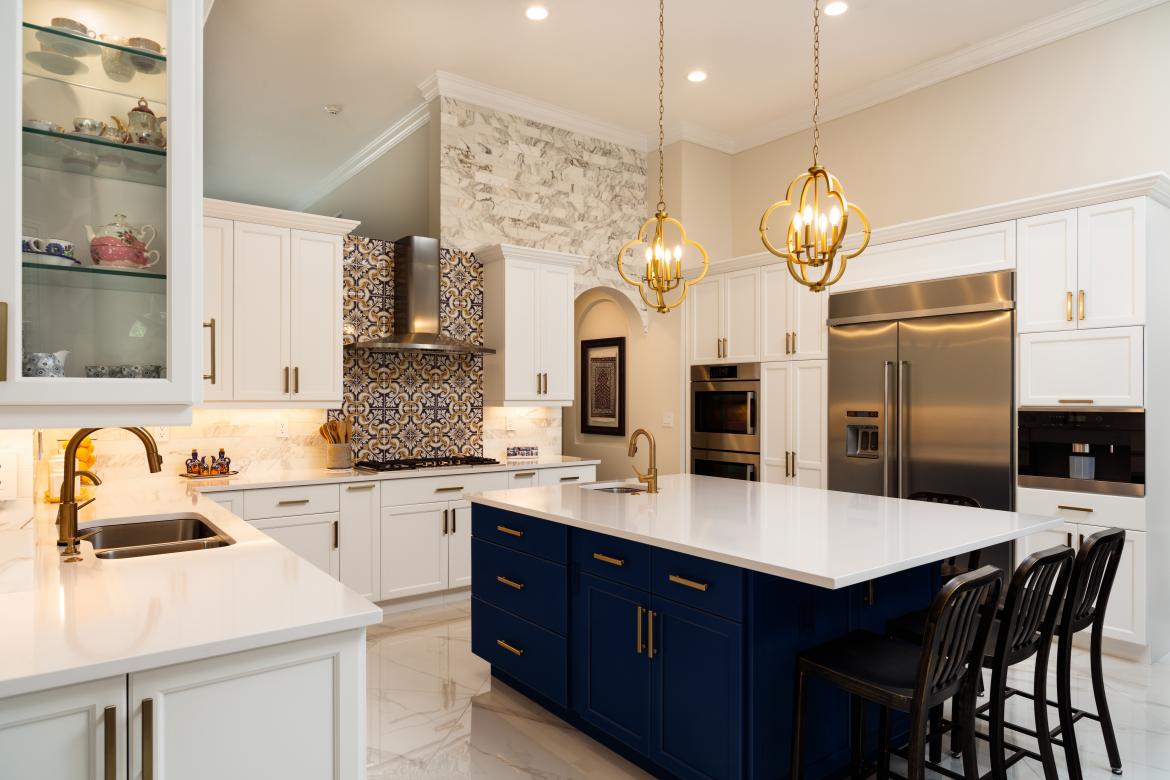 Proper lighting in the kitchen is not just for aesthetics; it is also crucial for safety. The NKBA guidelines recommend installing lighting above all work surfaces, including the stove, sink, and countertops. This ensures that these areas are well-lit, reducing the risk of accidents and injuries while cooking. Additionally, proper lighting can also help prevent eye strain and fatigue, making it easier and safer to work in the kitchen.
In Conclusion
Lighting is an essential element of kitchen design, and following NKBA guidelines can help ensure that your kitchen is well-lit and functional. By incorporating task, ambient, and accent lighting, you can create a warm and inviting space that is both beautiful and safe. So, the next time you plan a kitchen remodel, be sure to consider the important role that lighting plays and incorporate it into your design for a well-lit and stunning kitchen.
Proper lighting in the kitchen is not just for aesthetics; it is also crucial for safety. The NKBA guidelines recommend installing lighting above all work surfaces, including the stove, sink, and countertops. This ensures that these areas are well-lit, reducing the risk of accidents and injuries while cooking. Additionally, proper lighting can also help prevent eye strain and fatigue, making it easier and safer to work in the kitchen.
In Conclusion
Lighting is an essential element of kitchen design, and following NKBA guidelines can help ensure that your kitchen is well-lit and functional. By incorporating task, ambient, and accent lighting, you can create a warm and inviting space that is both beautiful and safe. So, the next time you plan a kitchen remodel, be sure to consider the important role that lighting plays and incorporate it into your design for a well-lit and stunning kitchen.





